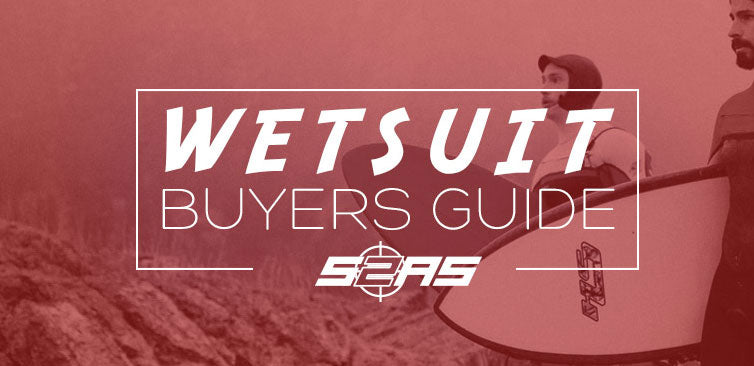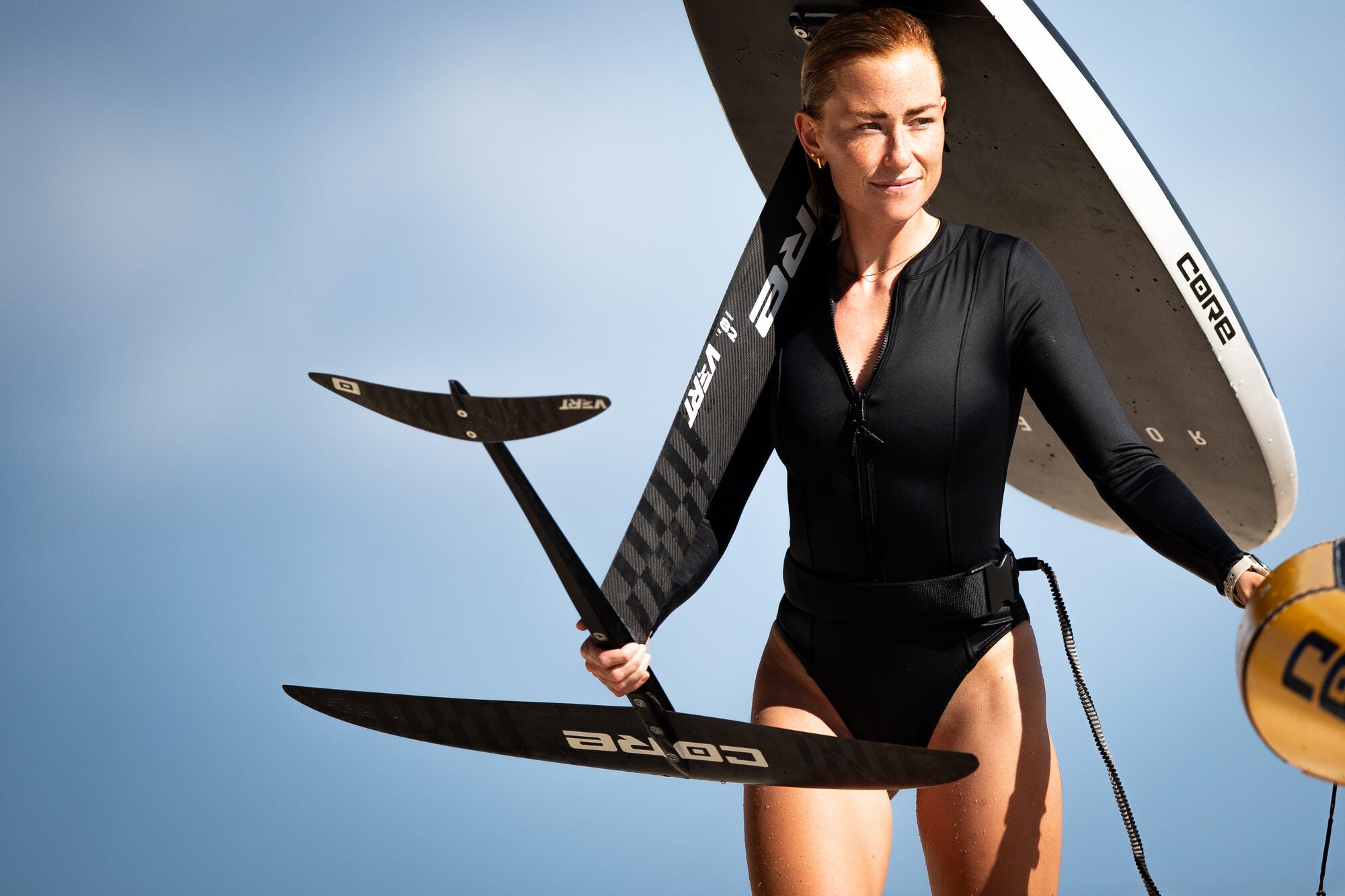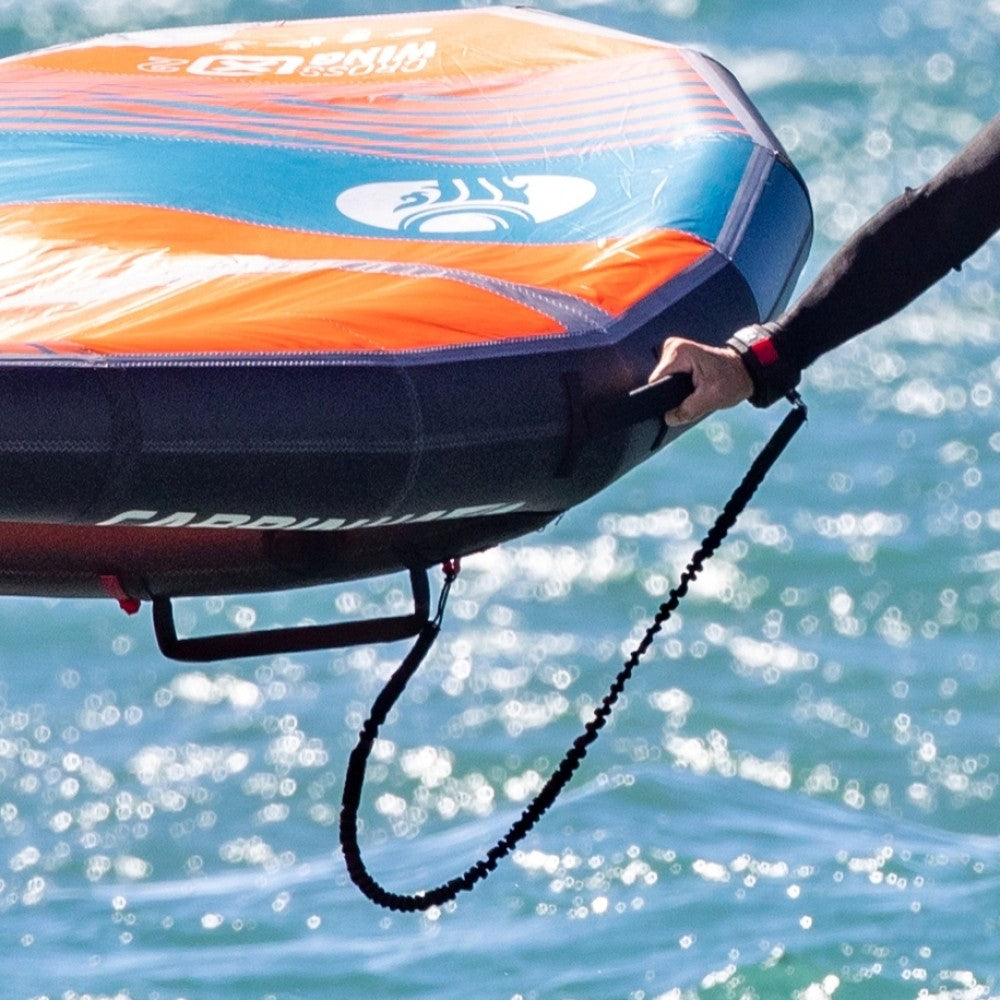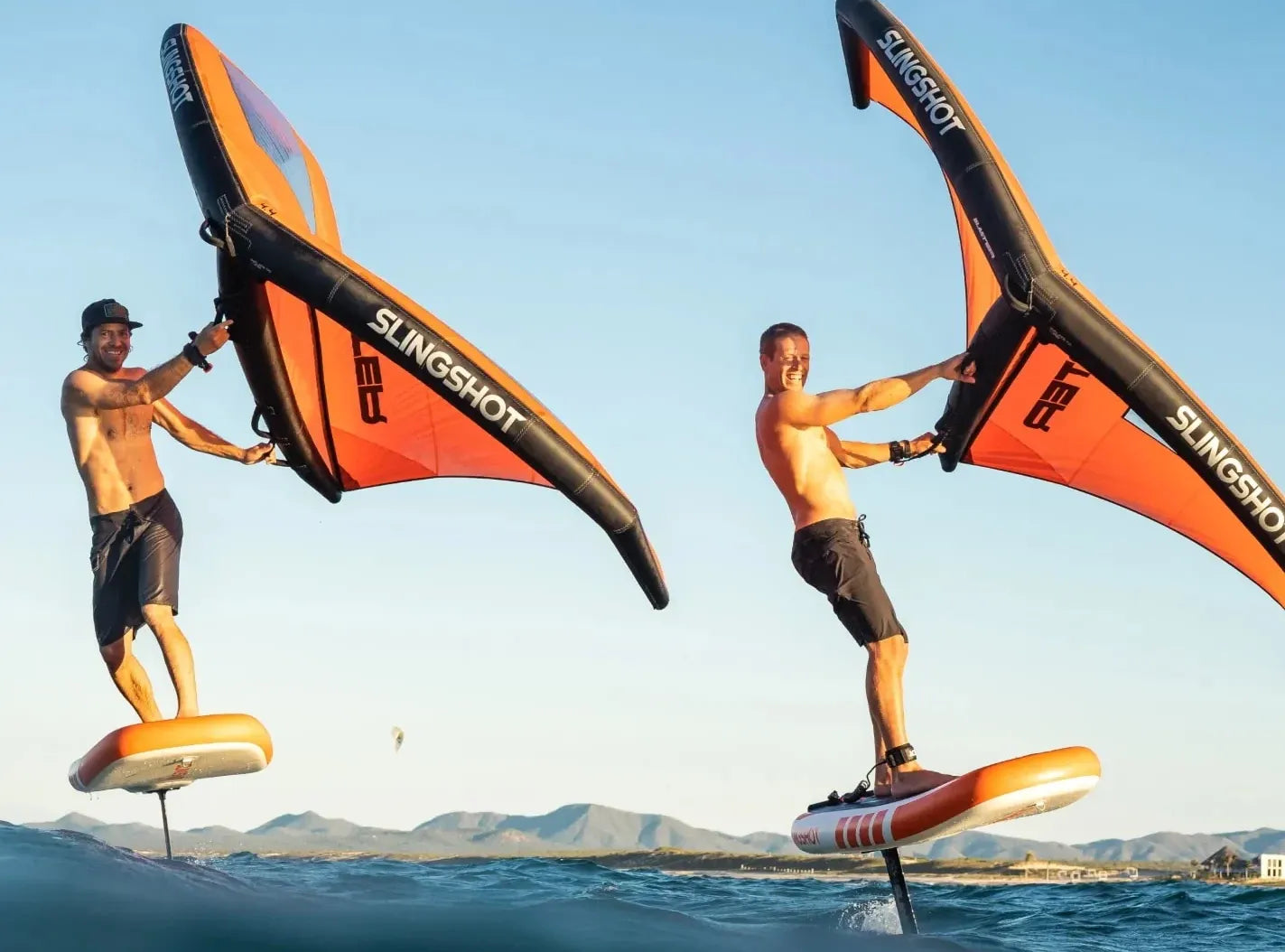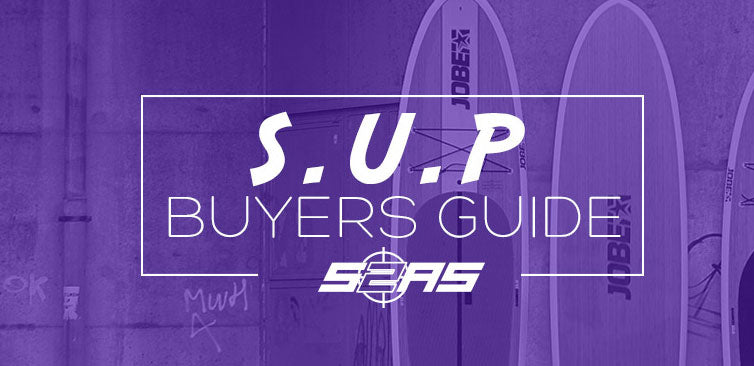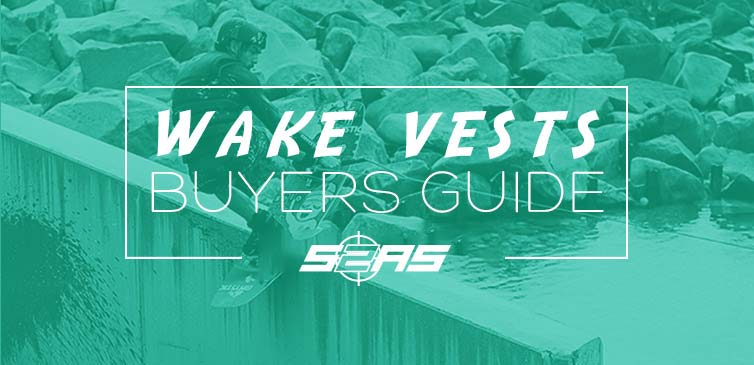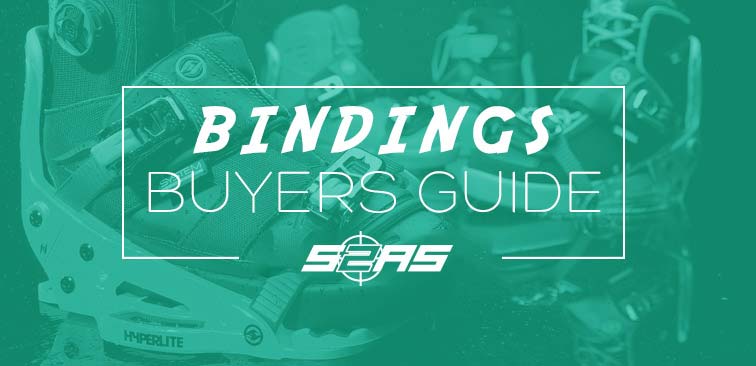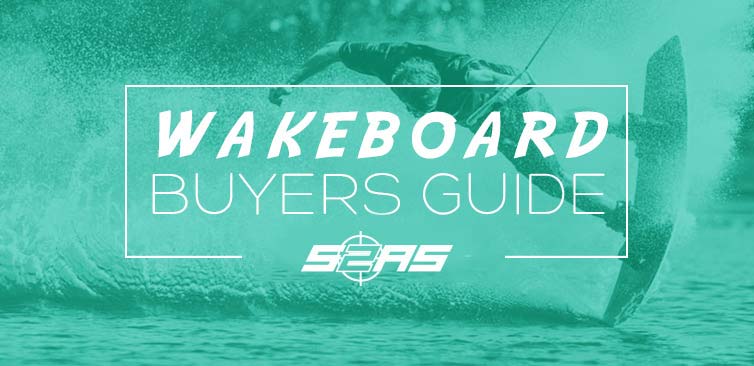
All wetsuits are made out of neoprene (a stretchy rubber compound). Wetsuit neoprene differs in thickness, thicker for colder water and thinner for warmer water. Wetsuits generally come in a combination of thicknesses for different temperatures, for example a 5/4/3 refers to 5mm in the core body areas, 4mm for the limbs and 3mm in areas that require more flexibility Known as winter wetsuits.
When buying a wetsuit, there are a few questions you have to ask yourself in order to get the right wetsuit for you. Firstly, What temperature is the water you’re going to be in? Buying a wetsuit that suits the water temperature you’ll be riding in is fundamental to your enjoyment and comfort on the water. Buy your suit that’s too thick for warm weather and you’ll be sweating more than a seal in the sahara. Buy a suit that’s too thin for the water temperature and you’ll be out of the water quicker than a herd of speeding turtles. So Summer wetsuit or Winter wetsuit?
Secondly, you need to ask yourself what kind of suit design you would like. Different suit styles have different pros and cons, so it’s important that you know the differences to ensure you get the right thing!

CHEST ZIP WETSUITS
PROS:
- Less water flushes as there are fewer gaps in the suit.
- The back of the suit is all one piece of fabric, therefore more flexible. Creating less restriction when paddling.
- There is no Velcro on the suit so the related damage to the fabric on the inside of the suit from it clinging is eliminated.
- Although potentially harder to put on (see cons) you at least wont need anyone to help you with a jammed zipper because its on the front of the suit.
CONS:
- At first they are most definitely harder to put on. However, once you get the knack of it, it shouldn’t take any longer than a normal back zip suit.
- Most chest zips tend to be a little more expensive than back zips
BACK ZIP WETSUITS
PROS:
- Massive opening on the back of the suit makes putting the suit on really easy.
- The adjustable collar allows the user to choose the preferred tension around the neck, making it a common choice for larger surfers or divers.
CONS:
- The zip on the back of the suit creates some restriction. Making the suit less flexible when paddling.
- The Velcro strap around the neck can sometimes cause discomfort if too tight. However can also cause the suit to ‘flush’ if not tight enough.
- The zip on the back can be quite hard to undo when by oneself, especially with cold hands!
OTHER WETSUIT DESIGNS




WETSUIT ACCESSORIES



WETSUIT CARE

How To Clean Your Suit: It is imperative that you clean your suit with cold, fresh water as soon as possible after your session. Salt water does a pretty good job of eroding the neoprene and the seams if left unclean. Wetsuits can be treated with special neoprene shampoos, which do a great job of keeping the suit smelling fresh. Avoid using any harsh chemicals, irons or washing machines when cleaning your suit.
Getting In And Out Of Your Suit: Although hard wearing, wetsuits can be easily damaged very easily if the user doesn’t take proper care and attention when putting on and taking off their wetsuit. They can be easily torn by pulling on the seams too hard, or by the user wearing sharp accessories or jewellery.
Storing Your Suit: After cleaning your suit, you’re going to want to hang it and dry it ready for your next session. Try and store your suit in a cool, dry, place away from excessive heat and UV light. Most people will hang their suit inside out fro ease of drying.

USEFUL TERMS TO KNOW
YKK ZIPPERS:
These zips are industrial marine grade systems used on nearly all wetsuit zippers.
TAPED SEAMS:
This is used to strengthen wetsuit seams. Put simply, every seam will have nylon tape glued over the inside to avoid the suit ripping at the seams.
LIQUID SEAMS:
This is used to both strengthen the panels of the suit, but also keeps the suit far more watertight. This is achieved by covering all of the seams with a layer of liquid rubber, which creates a fully waterproof seal (often used in winter suits)
FLATLOCK STITCHES:
Flatlock stitching is where certain panels of a wetsuit are overlapped before the stitching process. This method is used in thinner suits to help keep a high flex rate and also allows limited amounts of water to flow through the suit to maintain a solid body temperature.
POLYPROPYLENE:
Polypropylene has only recently started being used in wetsuits. It is used as an inner liner in the suit, and helps to keep the user dry, and therefore warmer.
GLUED AND BLIND STITCHED SEAMS:
This is a method of construction used in many winter wetsuits. The seams are glued and then stitched to ensure minimal water penetration. It looks similar to flatlock stitching; however it isn’t stitched as wide.
GLIDESKIN:
Glideskin is a smooth material found in the neck of a wetsuit that prevents rubbing and rashing. It also helps with ease of entry and exit of the suit.

We stock a huge range of here at Surface 2 Air sports from the worlds best brands like Dakine wetsuits, O’Neill wetsuits and Mystic wetsuits You can be sure that if you’re looking for a new Wetsuit for the Summer or winter months we will be able to get you the right suit for your needs. Why not pop in to our Shop in Poole and try a few suits on.
We Specialize in Wetsuits for Kitesurfing, Surfing, Wakeboarding and Paddle boarding.
O'NEILL | MYSTIC | RIDE ENGINE | DAKINE | BRUNOTTI

